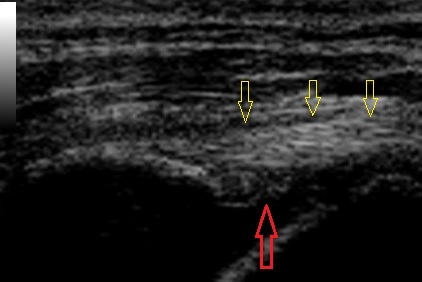POINTS EAST WEST VETERINARY SERVICES
Sports Medicine and Rehabilitation Specialty Practice
STEM CELL THERAPY
Stem cell therapy is a technique to improve healing by concentrating the body’s stem cells and growth factors where they are needed most, often in combination with PRP.
Where do the stem cells come from?
We collect the stem cells from your pet’s fat or bone marrow. Often, it is transplanted back into the injured area minutes later as part of the same procedure. Sometimes, we send it to a laboratory to culture and grow more stem cells before injecting them back into your pet.
What is PRP?
PRP is Platelet Rich Plasma. Platelets are the body’s front-line soldiers for wound repair. Once activated, they release growth factors that reduce inflammation and stimulate stem cells to work harder. PRP is our preferred treatment for improving comfort in arthritic joints.
Common conditions that we treat using stem cells include:
Arthritis
Although we cannot reverse arthritis, we can control the pain using either PRP alone, or PRP combined with stem cells
Partial Tendon Tears
Shoulder injuries such as biceps or supraspinatus tears, medial shoulder instability syndrome, groin injuries, etc. respond very well to stem cells combined with PRP
Maladaptive Pain
Conditions where the pain is disproportionately high relative to the injury may be a reflection of maladaptive pain. Stem cells can be an effective treatment for maladaptive pain.
How well do stem cells work?
Research on the effectiveness of stem cells is lagging behind its clinical use. We are in the early stages of tabulating our findings on the use of stem cells and PRP to treat partially torn tendons. Here are our results so far:
Owner feedback surveys showed that 25% of treated dogs returned to a level of athleticism that exceeded their pre-treatment level. An additional 60% returned to the same level of function, 10% showed a partial response, and 5% failed to improve.
Of the owners that returned surveys, 9 of them owned competition dogs. They reported that post-treatment 3/9 returned to a level of competition that exceeded pre-treatment levels, 5/9 returned to the same level of competition, and 1/9 was pulled from competition for reasons unrelated to the injury.
This is an ultrasound image of Shelby's tear. The yellow arrows show healthy biceps tendon, and the tear can be seen as the black line between the two "+" symbols.
the same tendon 8 weeks after injection with stem cells.
the red arrow shows the location where the tear used to be
18 months later, Shelby set a Canadian dock diving record. She has since gone on to earn multiple rally, retrieving, and tracking titles






